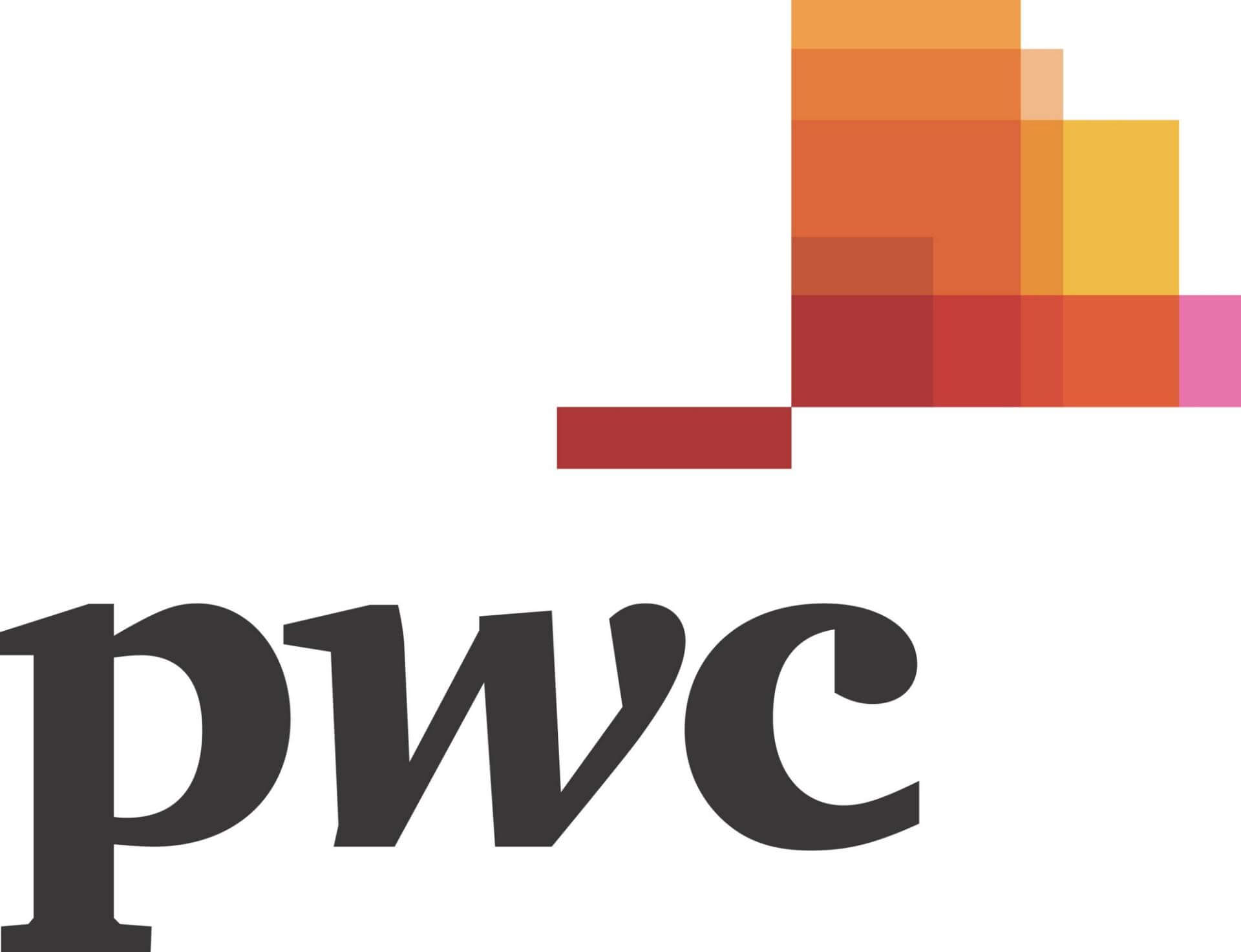Roman Semiokhin: New Media Forms Are Democratising Finance and Breaking Down the Barriers to Investing
Roman Semiokhin is a philanthropist and serial entrepreneur with experience of a range of different industries, including gaming, real estate, education and tech. This article will look at new media forms and how there has been a shift in perceptions about investing over the past few decades.
Previously understood to be the domain of rich and elderly people with expensive financial advisors, there has been a democratisation of personal finance, with more and more people realising that investing is simpler than they previously thought.
This shift in attitudes was started by investment-focused books that aimed to simplify personal finance and explain the confusing world of ISAs, bonds, funds and ETFs. Recently, however, new media forms have made investment advice much more accessible to different demographics.
Young people’s use of social media for investment advice has been well-documented and brought both pros and cons. However, investment-focused podcasts are another great example of a new media format that is helping to break down the traditional barriers to investing. With the younger generation far more inclined to listen to podcasts than read books, podcasts that demystify investing reach a different audience, beyond those who would be willing to read a book about investing.
Crucially, podcasts can tailor their advice towards different demographics. In this vein, the podcast ‘Girls who Invest’ provides investment advice to a younger female demographic who are statistically the least likely to invest. This new medium for teaching financial literacy has multifaceted benefits.
First, the diversity of voices means that, for instance, younger women have the chance to get their investment advice from other women, including women of colour; previously the space was dominated by old, white men. Hearing other women talking about the importance of financial literacy helps to dispel some of the stereotypes about women’s approach to finance that are often perpetuated by popular culture.
Perhaps more importantly, podcasts that clearly cater to a particular audience can tailor their messaging to those demographics. For instance, podcasts aimed at providing financial advice to a younger, female audience can focus on understanding why that demographic has the most reticence towards investing.
Indeed, the principal reason why women tend to invest less than men is that they tend to be more cautious and risk-averse and think that they need to understand everything about finance before even considering investing. Podcasts can articulate why this is not the case: you don’t need to be a finance expert to get started.
New media formats are also more likely to reach a younger audience, which provides further benefit. The best financial advisors will all stress the importance of starting to invest at an early age. Therefore, media forms accessing younger demographics means that younger audiences can learn about forming good financial habits at an early age and take advantage of compound interest, which Albert Einstein famously termed ‘the eighth wonder of the world’.
Podcasts can also challenge the logic behind commonly accepted wisdoms about finance. Whilst most people around the world see owning a house as the best financial decision you can make, certain voices are challenging this logic and demonstrating the pros and cons of this huge financial decision.
As well as encouraging people to invest and advising on how to budget effectively, podcasts can also explain the common mistakes that foolhardy investors make and warn listeners about making them. Whilst it is true that not all the financial advice given on podcasts is guaranteed to be accurate, it’s good news that more people are becoming engaged in personal finance at a younger age.
Rather than having to rely on somewhat awkward conversations with parents about personal finance, younger people now have the chance to get more digestible content about financial literacy from a diverse range of voices in various formats.
Importantly, the diversity of sources where people can learn about financial literacy and get investment advice is supported by a wealth of apps that make investing simpler and easier than ever before. New users can invest as little as $1, and intuitive sites explain the opportunities and drawbacks of investing in individual stocks, bonds, and passive and active funds.
This combination of more accessible, digestible and tailored information about personal finance, and apps allowing users to invest from their phones, means that it is easier than ever for young people to invest. New media forms are breaking down the barriers to investment and making the world of personal finance more transparent and accessible than ever before.
For more information about this topic, visit Roman Semiokhin’s website: https://romansemiokhin.com



























